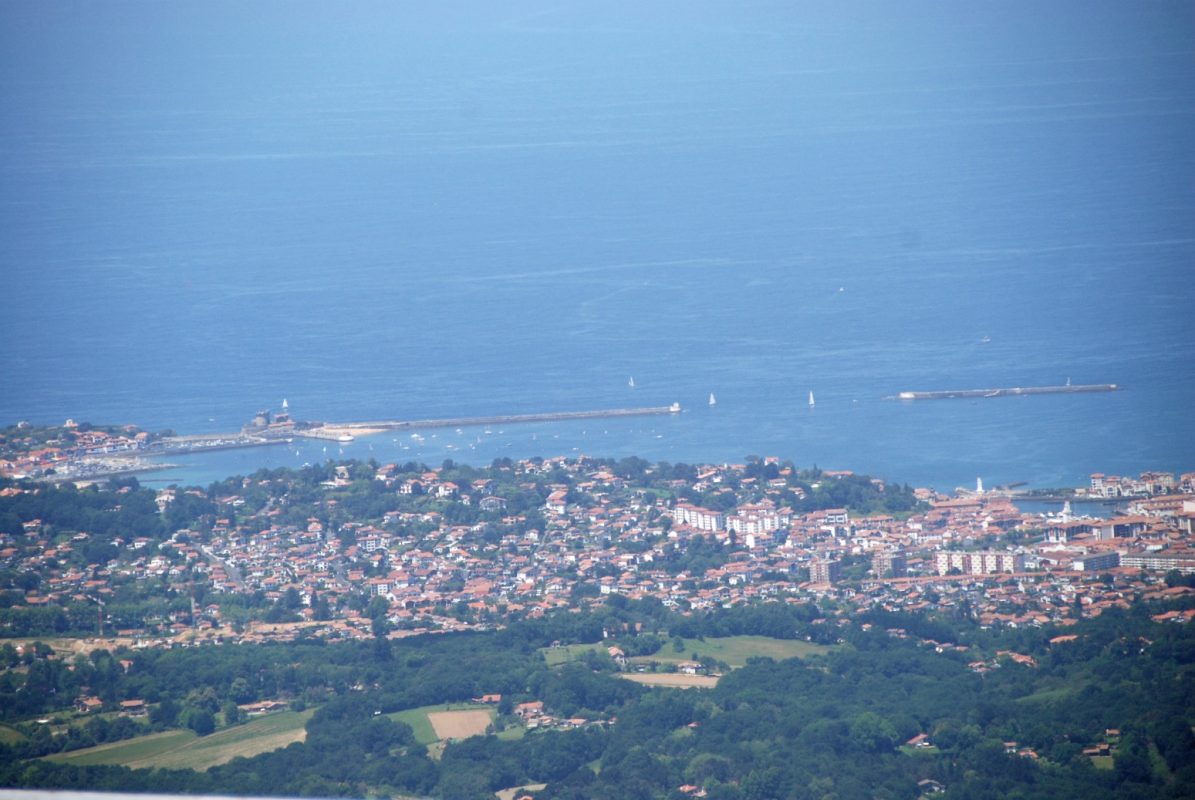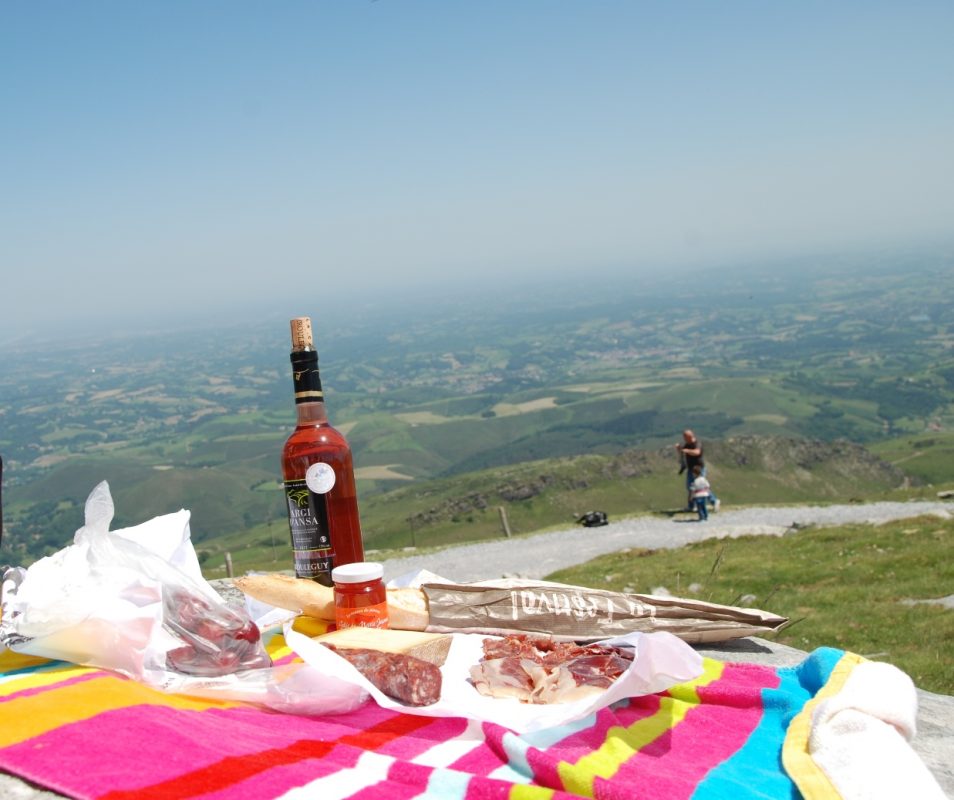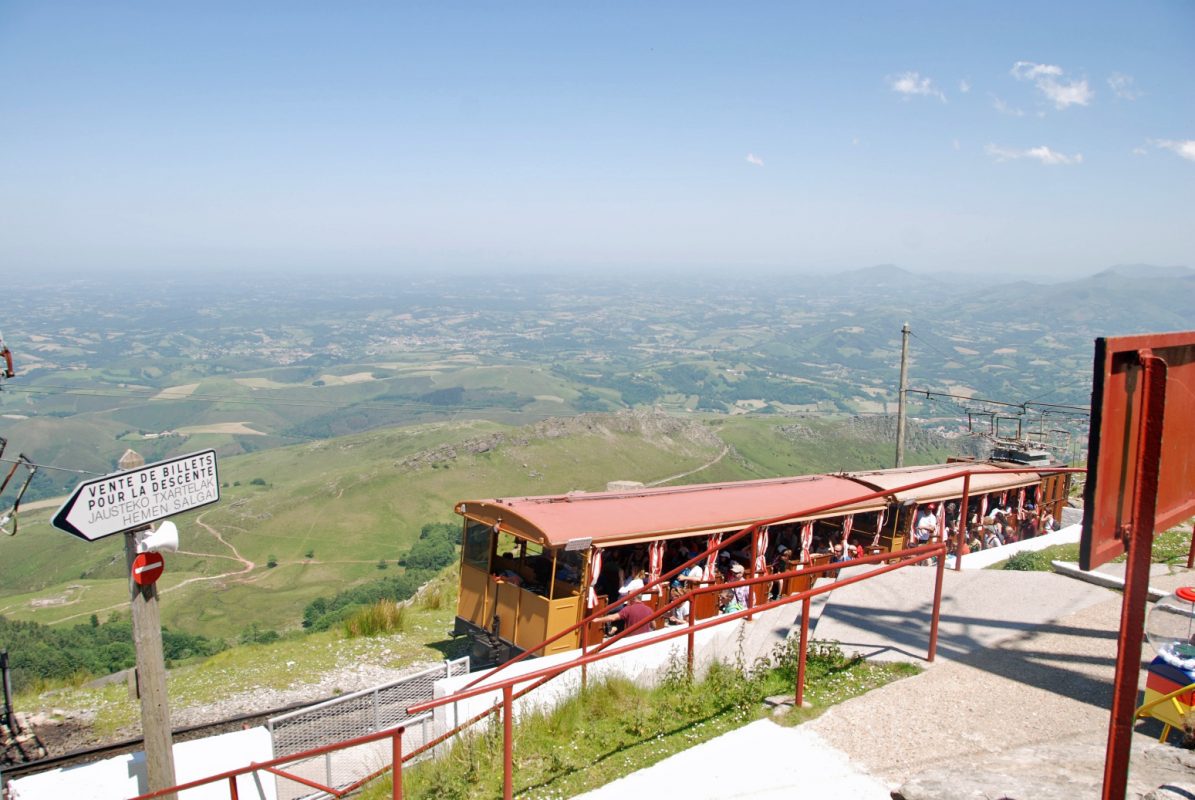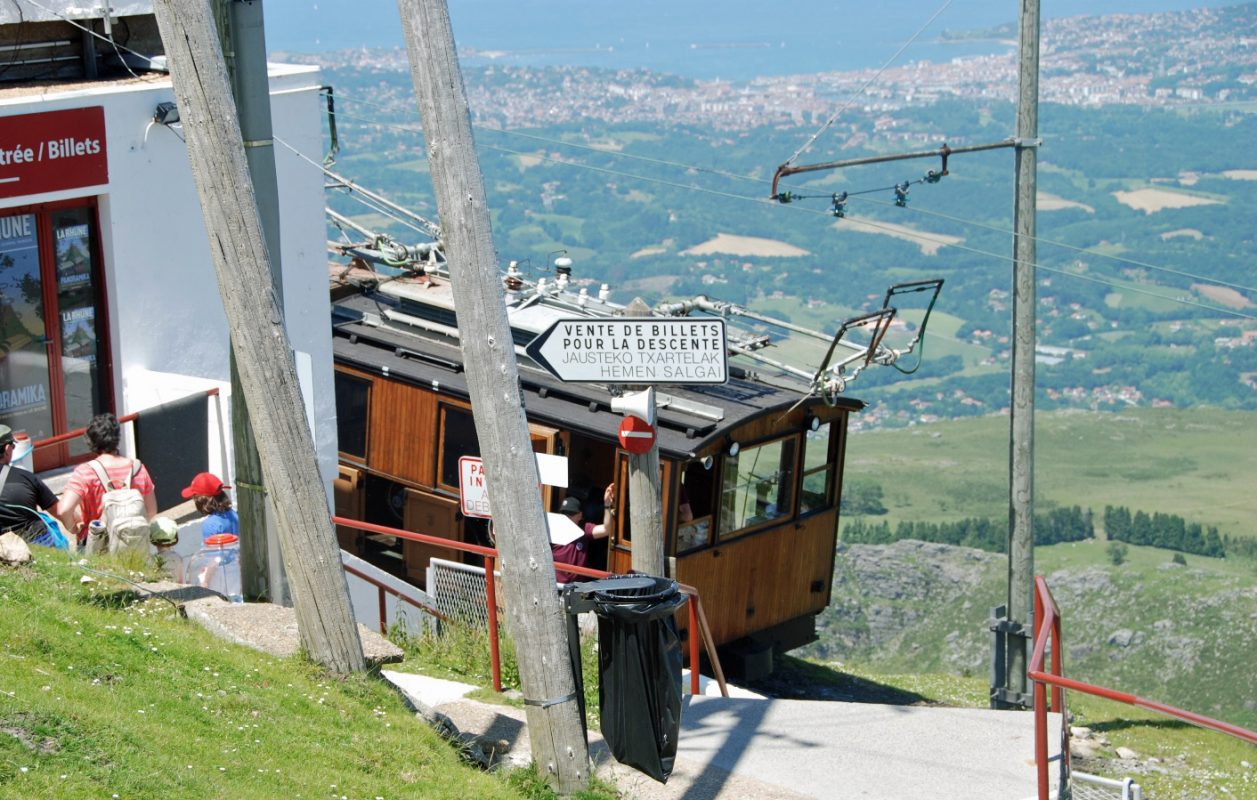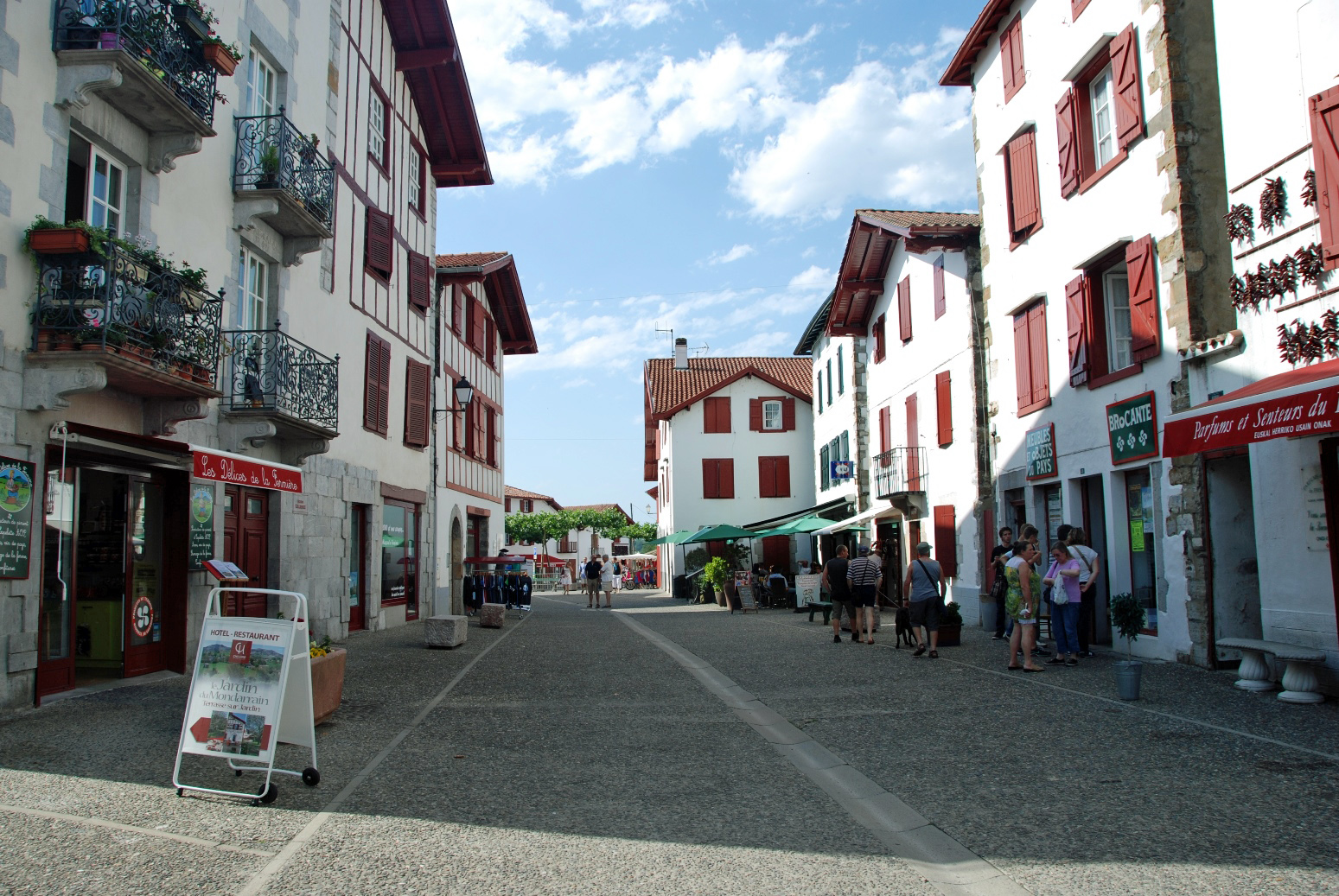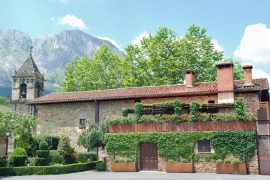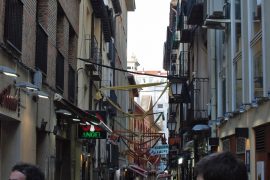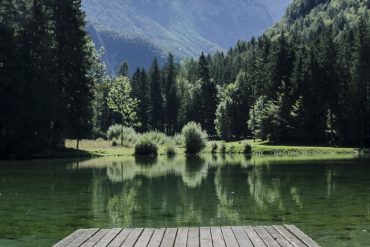Continuing our exploration of the Spanish and French Basque Country, this post is on our journey from Saint-Jean-de-Luz, on the French Basque coast, to Rioja, Spain’s nearby wine country. The first post was on French Basque cuisine in Saint-Jean-de-Luz and the second one covered our exploration of Hondarribia, across the border into Spain. Check out our next post on La Rioja, the beautiful nearby wine country.
To get from Saint-Jean-de-Luz, on the French Basque coast to La Rioja, the nearby wine country in Spain, we were obliged to traverse across the breathtakingly scenic French Basque countryside, over the gorgeous Pyrénées mountain range, and through historic Pamplona. On the way, we couldn’t help but stop for a trip up the Pyrénées mountains in a 1920s-era train, and sample the dangerously addictive piment d’Espelette, a mildly spicy French Basque country spice that the locals, and now we, put in everything we can think of.
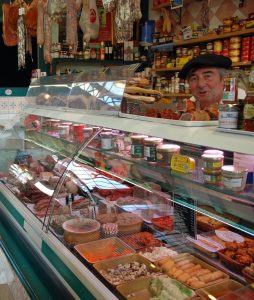
That train was called La Rhune and it is located in the middle of nowhere in the French Basque countryside.
Thinking this would not be a popular attraction, we stopped by our local beret-wearing shopkeeper before we left Saint-Jean-de-Luz, and loaded up on French cheeses, jamón ibérico, French baguettes, piment d’Espelette jam, and wine, expecting to relaxingly picnic on top of the mountain.
When we finally arrived at La Rhune, in the picturesque French town of Sare, we were shocked to see hordes upon hordes of day-trippers lining up for the ride up the mountain. It seemed everyone from the Basque country had brought their families there.
As the light faded, we took the last train down, a far scarier direction than the chug up the mountain.
We then drove to Espelette, the next town over. Having already tasted their renowned eponymous piments d’Espelette, we wanted to go to the source. Espelette is a tiny two-street town but the peppers are literally everywhere, including drying on the outside walls of our hotel. Virtually every shop along the main street sells the peppers ground in spice mixes, mixed into jams and mustards, backed into cookies and cakes, and every restaurant incorporates them into virtually every dish.
Among the regional specialties is the Axoa (“ah-CHOH-ah”), a slow-cooked ground veal chili topped with a generous dusting of Espelette pepper. The version we tried at Aintzina, a welcoming restaurant with numerous outdoor tables overlooking the main drag, was excellent, and was served with crisp garlic potatoes.
The next morning, we drove south over the Pyrénées into the Spanish province of Navarra, and its capital, Pamplona.
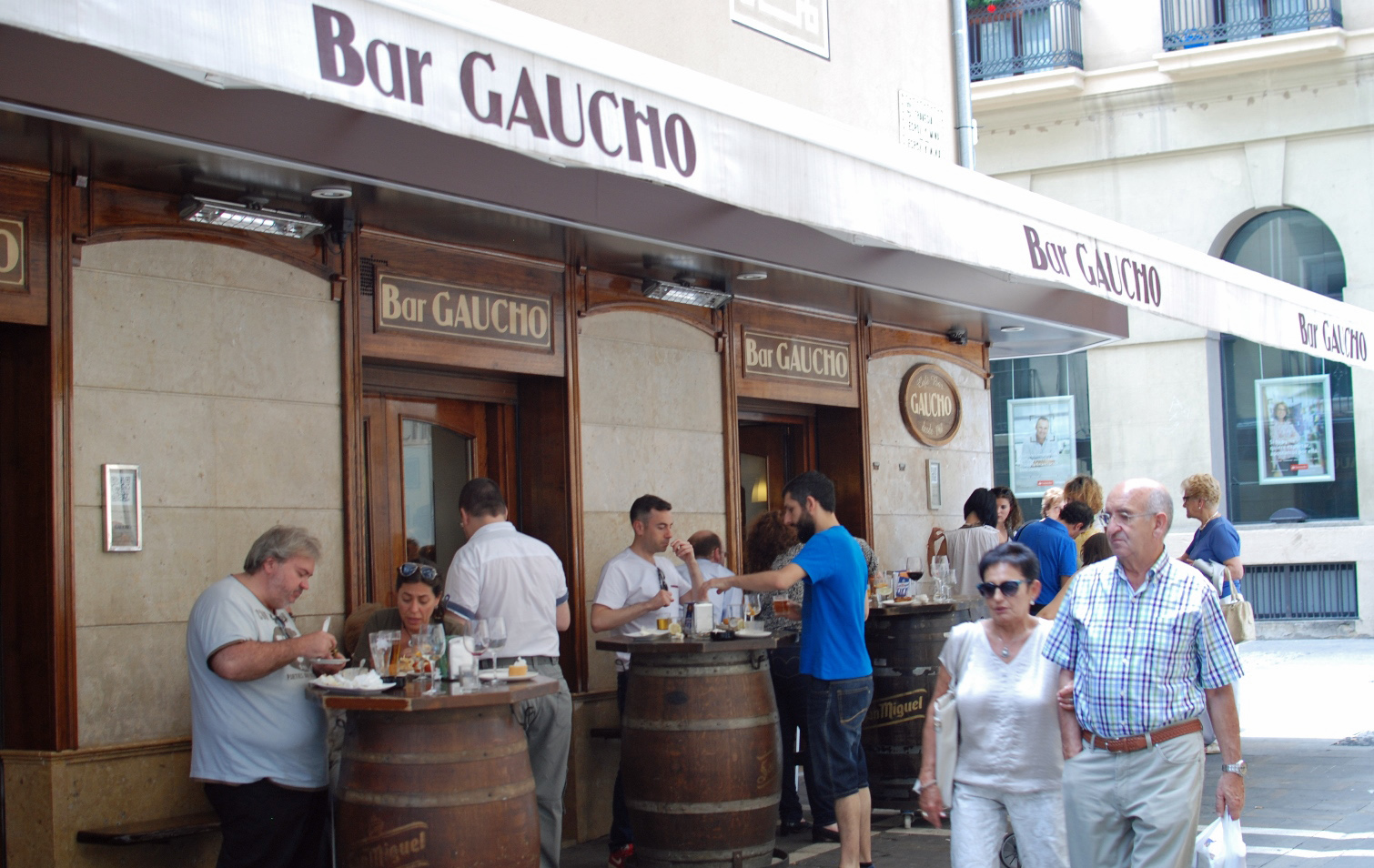
Pamplona is, of course, the Hemingway-and-bull-running-crazed city located an hour’s drive from the border with France, and halfway between the French Basque country and the Rioja region of Spain. With around 200,000 people, the bustling city was a far cry from the serene French Basque countryside. I even saw street signs in four or five languages, presumably, to accommodate the international crowd that comes to get their rear ends gored during the Running of the Bulls.
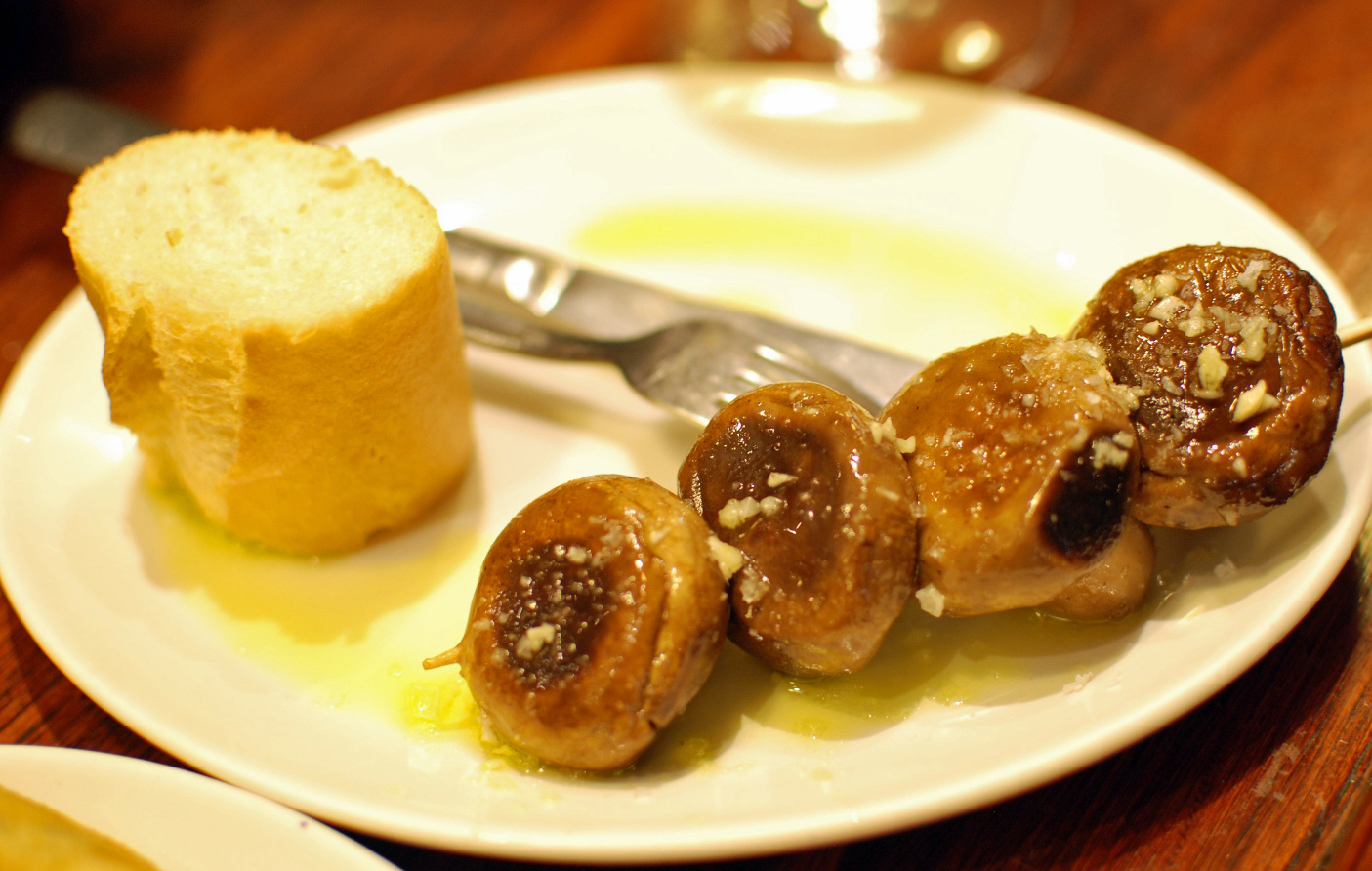 Thankfully, it was not bull season, so we headed over to Calle de la Estafeta, a narrow, crowded street that is flanked on all sides by pintxo bars – or, sadly, “pincho” bars, as we were no longer in the Basque region.
Thankfully, it was not bull season, so we headed over to Calle de la Estafeta, a narrow, crowded street that is flanked on all sides by pintxo bars – or, sadly, “pincho” bars, as we were no longer in the Basque region.
The best of the bunch was the aptly named Bar Gaucho, which served inventive pinchos, such as one with roasted peppers and piments d’Espelette-spiced sausage topped with a fried egg. Simple sauteed mushrooms swimming in garlic-inflused olive oil hit the spot as well. After ordering at the bar, we moved outside to barrel-topped tables on the street, where we could observe the throng of reveling bar hoppers.
Sadly, our time in Pamplona was short, and after a few more drinks, pinchos, and Hemingway sights, we were back in the car and on our way to La Rioja.
